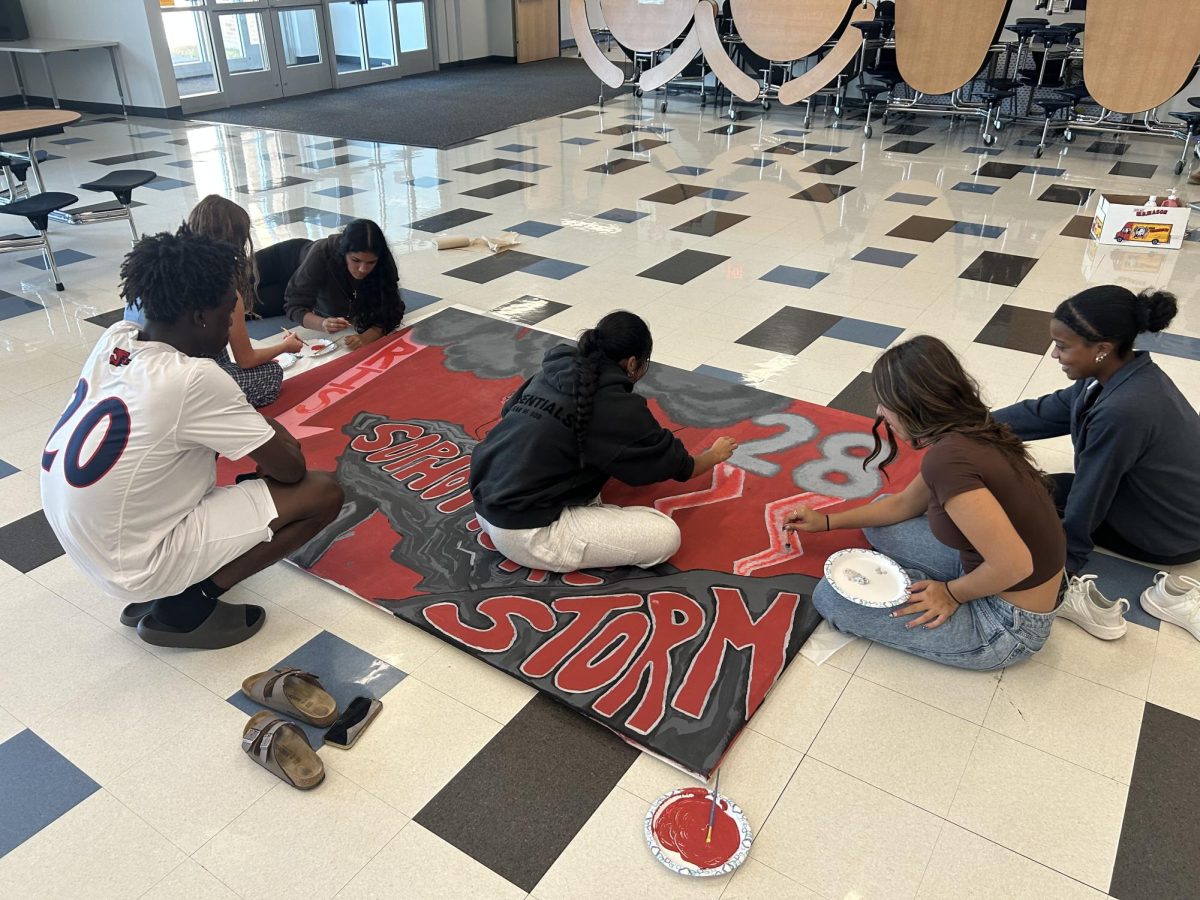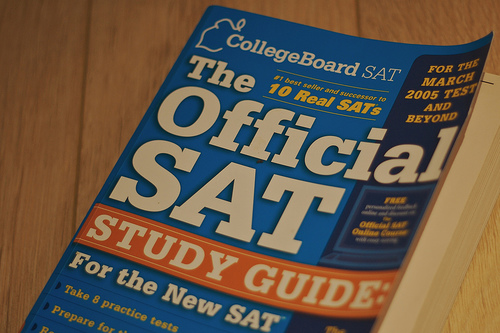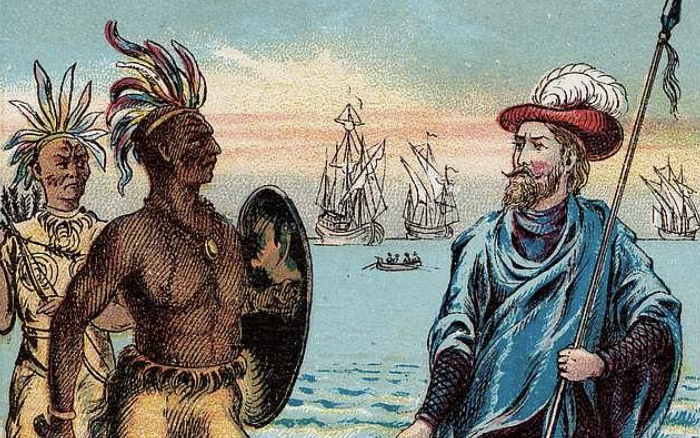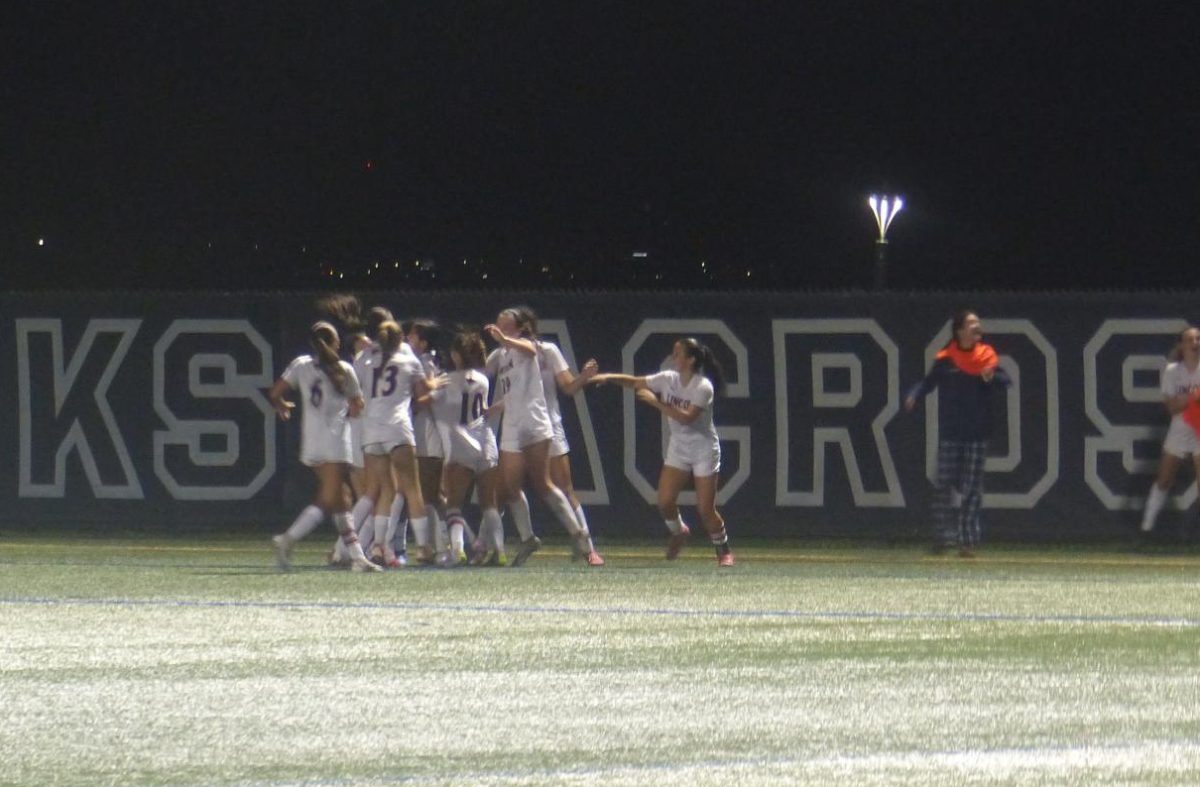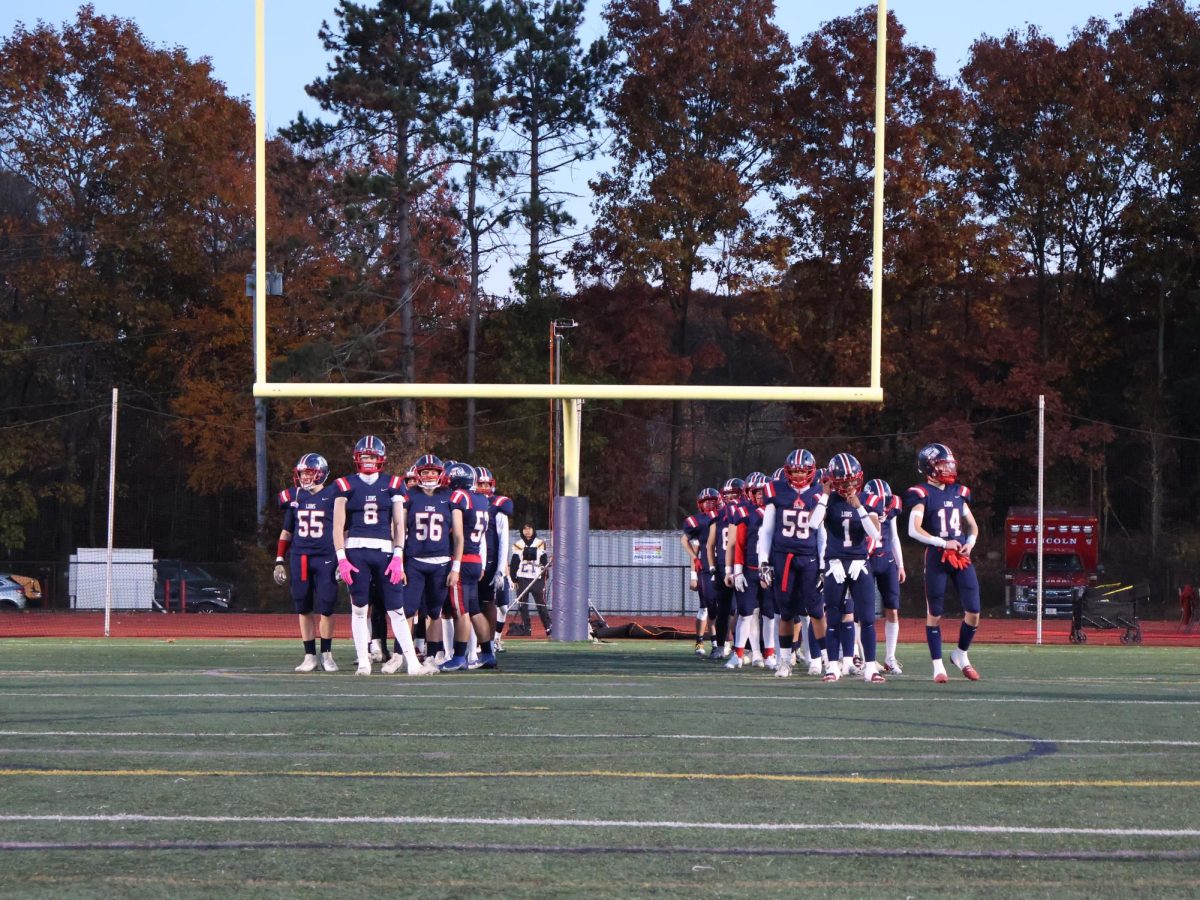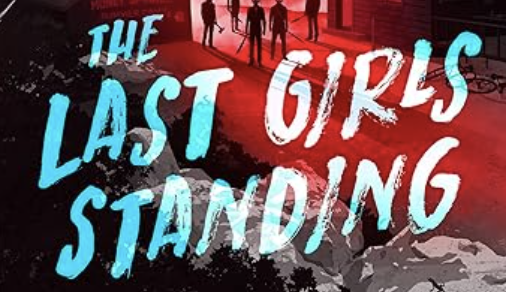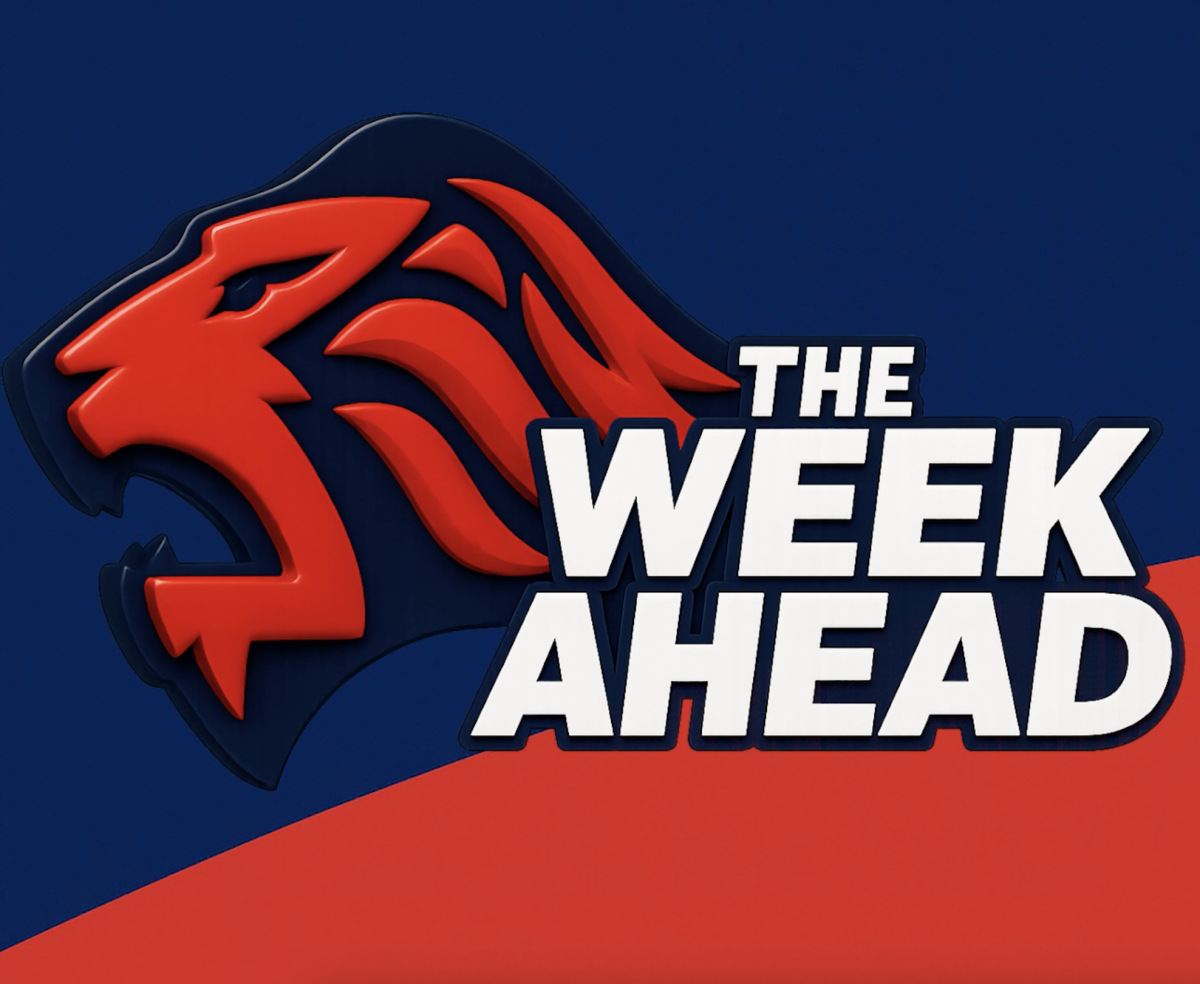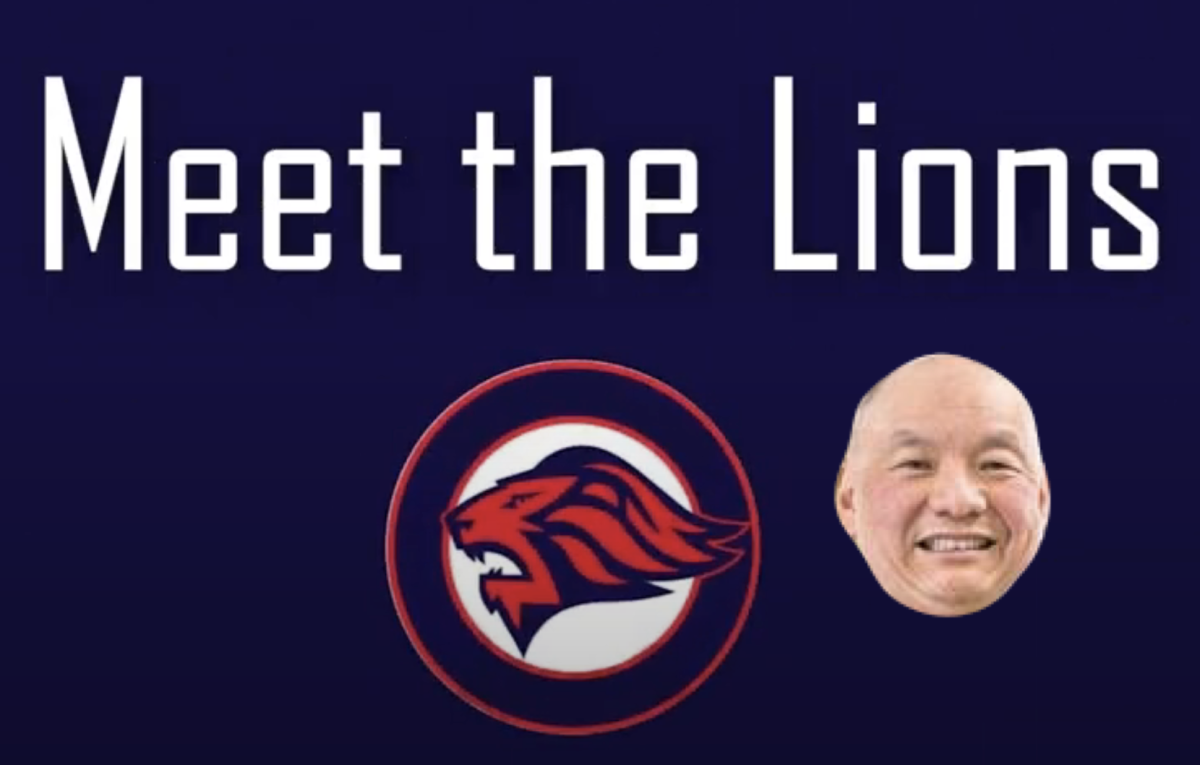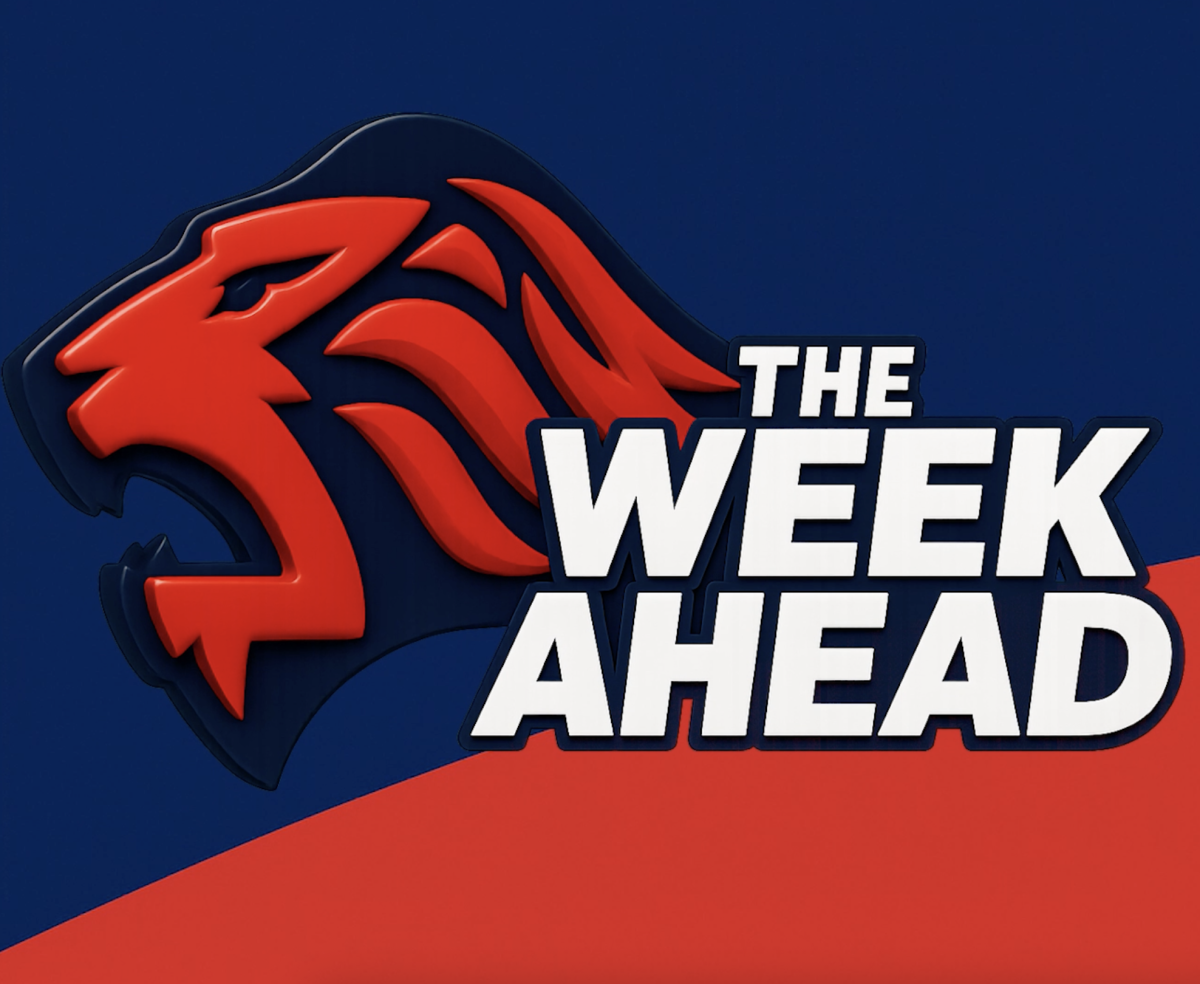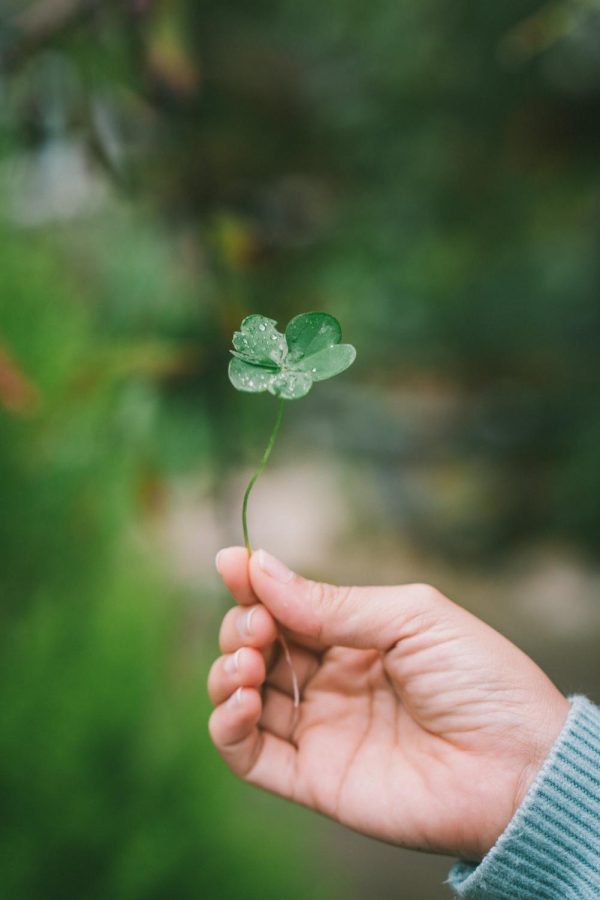The Symbolism of St Patrick’s Day
There’s more to St. Patrick’s Day than green eggs and ham.
February 28, 2023
St. Patrick’s day is celebrated all over the globe in different styles with diverse activities and events. This holiday is fun to dress up for and gives us an excuse to go out with friends, but there are meanings behind these gatherings. Everyone seems to forget why the holiday is observed and celebrated and exactly what those symbol are all about.
Taking place on March 17 every year, St. Patrick’s Day is an Irish Christian religious holiday celebrating St. Patrick who spent his life as a slave. He became the patron saint of Ireland and was known for spreading Christianity throughout the country, and performing good deeds. He built schools for children and churches for the towns that didn’t have them. The history of this worldwide holiday is just as important as its celebrations because there is a lot of meaning behind it.
The first very known way of celebrating St. Patrick’s Day is the use of the symbol, the shamrock, or as some people call it the “four-leaf clover”. This symbol is immediately recognized as Irish when people see it anywhere. Although it is not seen as common and as often as seen during March or St. Patrick’s day season. During these times this symbol is all people see when they enter any store but most of them have no idea what it means other than “good luck” which is correct but there is more to the story. The origin story traces back to the 17th century when St. Patrick was using the shamrock when spreading Christianity. He used it as a symbol of Christianity which helped many others see the good sides of the religion and then they converted proving his methods effective. Now the symbol is mostly seen as the symbol of Ireland more than the tool used to spread Christianity.
The second symbol is the infamous Irish Leprechaun. This icon is seen on many items but it is most known for St. Patrick’s day and the cereal Lucky Charms; where it is portrayed on the front of the box with a pot of gold and a rainbow. The leprechaun most people believe is supposedly guarding and hoarding the pot of gold and finding good luck at the end of the rainbow. That belief is somewhat true but the story is different than what people have imagined. The original leprechaun is actually red and not green but it was modified to fit into the Irish culture, where like now most things are portrayed as green. It all started in the 8th century when a poem was written with the leprechaun depicted as one of the side characters. It did not evolve very much until people started to create more stories about it. The leprechaun is also not a hero, it is characterized as a villain because of its many impulsive decisions to hoard the gold along with other riches in stories. It all relates to the holiday now because it ties in with the idea of good luck and Irish traditions.
The third symbol is Irish music and dances, music and dances play an extraordinary role in any culture around the world. It is just as important for Irish people and the rest of the population to see this on St. Patrick’s day. The music and dances are exhibited at parades, parties, and gatherings and expose the rest of the world to their culture. Doing these dances and listening to traditional Irish music truly connects people to their Irish heritage and shares the beauty of it with the rest of the world.
Lastly, This holiday spreads its deeper meaning through food, specifically Irish food. Food is known for connecting people and bringing people together no matter where or who is consuming it. For these holidays it happens to be Irish food because it is an Irish holiday, and there are many different types of Irish food served at every one of these events. These types of foods include Corned beef, cabbage, soda bread, and potatoes. All these are seen as dishes that belong to Irish culture. These dishes unite the Irish community as well as those they share it with on St. Patrick’s Day or during a normal meal time and they serve as a great symbol of Irish culture.


